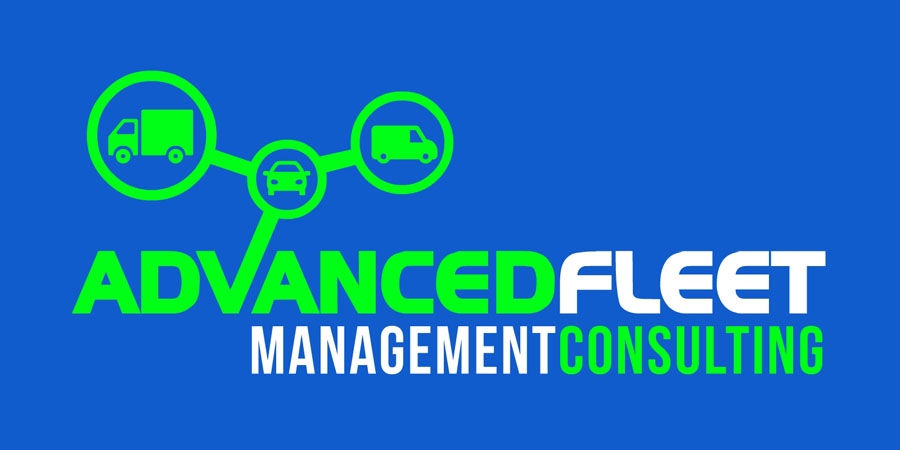
Why Near-Collision and Near-Miss Analysis Matters
Ever had a near miss? We all have. The vehicle ahead in the right lane loses control and swerves right to hit a guardrail. If it had swerved left, it could have easily collided with us.
Instead of breathing a sigh of relief and moving on, safety professionals increasingly see near misses, or near collisions, as high-value, yet low-cost, learning opportunities. As a result, we’re seeing concerted efforts by fleets to report, collect data, and investigate near misses and near collisions.
Near-miss and near-collision investigations are fast considered to be an essential tool for effective risk management. Here’s what you need to know:
What is a Near Miss?
The Occupational Safety and Health Administration defines near misses as “incidents in which no property was damaged and no personal injury was sustained, but where, given a slight shift in time or position, damage or injury easily could have occurred.”
Depending on the circumstance, near misses also can be called “near accidents,” “near hits,” “accident precursors,” “close calls,” “injury-free events,” and “near collisions.”
That brings us to the second topic: near collisions.
What’s the Difference Between Near Misses and Near Collisions?
Near collisions are similar to near misses except that they involve moving objects. This is the major differentiation between the two and is the primary difference in how and when they are reported.
Why Focus on Near-Miss or Near-Collision Events?
A near miss, by definition, means no collision occurred. So why report or focus on it?
Because even if a near miss event did not cause injury or damage, it had the potential to do so. Near misses are only near misses due to a fortunate interruption in the chain of events that could have otherwise gone terribly wrong.
“History has shown repeatedly that most loss producing events, both serious and catastrophic, were preceded by warnings or near miss incidents.”
– The National Safety Council
How many times have we heard about major collisions in the news that were preceded in earlier weeks and months by a series of near misses, lucky breaks, or close calls? It’s no coincidence. “History has shown repeatedly that most loss producing events (incidents), both serious and catastrophic, were preceded by warnings or near miss incidents,” according to the National Safety Council.
Fortunately, there are ways organizations can evolve their processes and systems to take advantage of near collisions to help prevent actual collisions.
Effective Reporting and Analysis of Near Misses and Near Collisions
The National Safety Council offers the following best practices for near miss reporting:
- Establishing reporting cultures within company leadership. Leading by example is a powerful way to shape a safety culture. This promotes more opportunities to identify and control risk, reduce hazards, and prevent harmful incidents.
- Make the reporting system non-punitive and anonymous. Many workers are reluctant to report near collisions because they’re afraid of being punished. To be effective, however, a reporting system must capture as many early warning signs as possible. Giving workers a safe avenue for reporting helps ensure you get those warning signs.
- Identify root causes and weaknesses in the system at large. Focus on identifying the chain of events that led to the near miss. This type of root cause analysis gives you important clues to stop collisions from happening in the future.
- Use investigation results to improve safety and hazard control approaches. Each near collision gives you an opportunity to learn new ways to reduce risk in your organization. Harness the ongoing feedback you get from near-collision investigations to feed a continuous improvement loop. You can use those insights, for example, to refine and better target your coaching and training efforts.
How to Manage This Reporting and Investigation
Increasingly, fleets are investing in tools that allow them to proactively manage risk through better investigations and analyses of near collisions. These include video telematics tools that can provide visibility into what happened during an event and, importantly, why. With telematics, you can also collect data that give you clues beyond a single incident and provide insight into trends that can allow you to make improvements that benefit your entire fleet. An example would be finding a particular intersection where, during certain times of the day, an unusual number of near collisions occurred for multiple drivers. In that instance, simply rerouting around that intersection could yield a significant overall reduction in risk.
A good place to begin your investigation is with a date range, said Steve Ball, Senior Training Consultant at Lytx. Look for the total number of near collisions and see if they cluster around certain groups of drivers or vehicles. Evaluate to see which behaviors contributed most to near collisions, so that you can address those behaviors through coaching and safety messages and campaigns.
The chart below shows some of the top behaviors that contributed to near collisions, based on an analysis of fleets that utilize Lytx DriveCam safety program.

Based upon a select sampling of Lytx client’s data. Source: Lytx Inc
At the end of the day, efficient near miss reporting and analysis can be vital to preventing serious, fatal, or expensive accidents and keeping your workplace safe.
Source:https://www.lytx.com
 I´m a Fleet Management expert, and the manager of Advanced Fleet Management Consulting, that provides Fleet Management Consultancy Services.
I´m a Fleet Management expert, and the manager of Advanced Fleet Management Consulting, that provides Fleet Management Consultancy Services.



